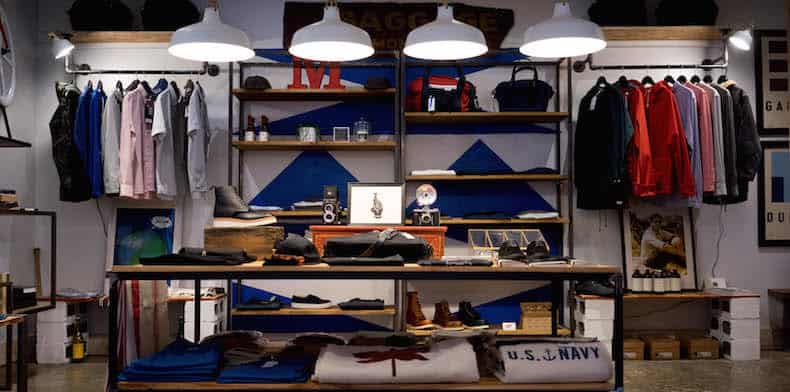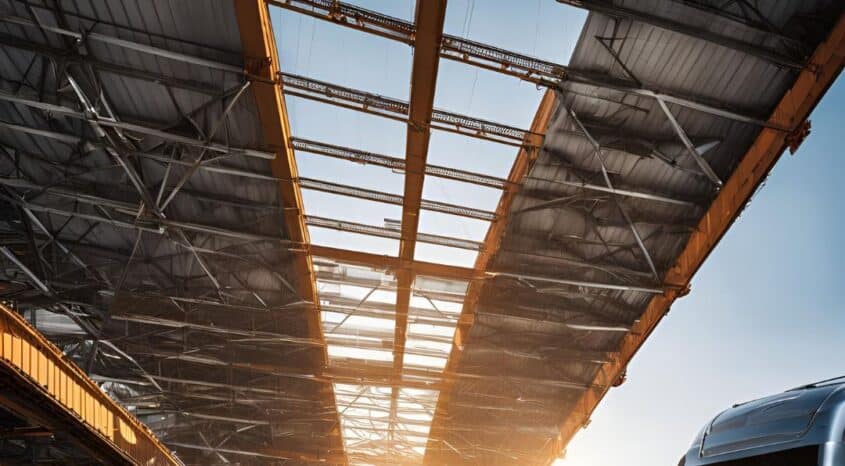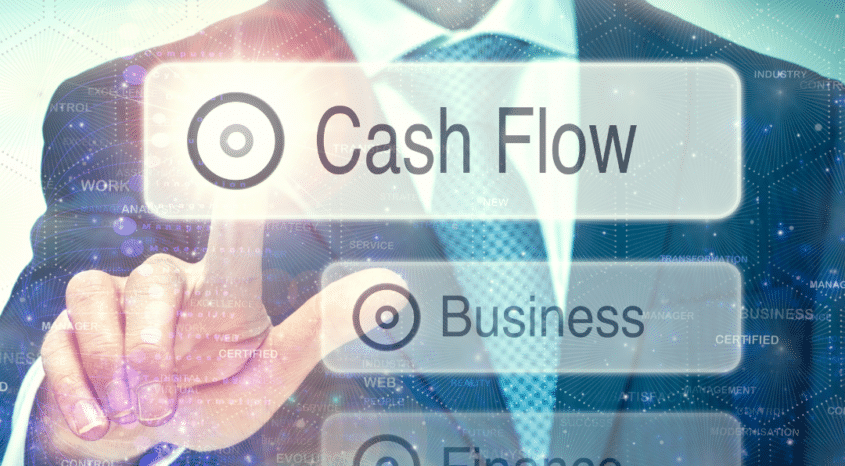The retail industry is undergoing a major transformation. In the past, consumers were happy to shop in brick-and-mortar stores. But today, they have more choices than ever before. They can shop online, on their smartphones, or even through voice assistants. This has forced retailers to rethink the way they do business.
One of the most important ways that retailers are adapting to this new reality is by using technology to improve the customer experience. In fact, a recent study by McKinsey found that retailers who invest in technology can expect to see a 23% increase in EBIT margins.
There are a number of ways that technology can be used to improve the retail customer experience. Here are a few examples:
- Digital self-service kiosks: These kiosks can help customers find products, check prices, and make payments. They can also be used to provide product information and recommendations.
- Mobile apps: These apps allow customers to do everything from browsing products to making purchases to tracking their orders. They can also be used to deliver personalized offers and discounts.
- Virtual reality and augmented reality: These technologies can be used to create immersive shopping experiences. For example, customers can use virtual reality to try on clothes or see how furniture will look in their home.
- Beacons: These small devices can be used to track customer movement in a store. This information can then be used to send targeted messages and offers to customers.
- Chatbots: These AI-powered chatbots can answer customer questions and provide support. They can also be used to book appointments and make purchases.
These are just a few examples of how technology can be used to improve the retail customer experience. As technology continues to evolve, we can expect to see even more innovative ways to use it to create a more seamless and personalized shopping experience.
In addition to the specific technologies mentioned above, there are a few other trends that are driving the evolution of the retail store 2.0. These include:
- The rise of omnichannel shopping: Consumers increasingly want to be able to shop across multiple channels, seamlessly. This means that retailers need to provide a consistent experience whether customers are shopping online, in-store, or through a mobile app.
- The demand for personalization: Customers want to feel like they are being treated as individuals. This means that retailers need to use data to personalize the shopping experience for each customer.
- The need for convenience: Customers are looking for ways to save time and effort when they shop. This means that retailers need to offer convenient options such as curbside pickup, same-day delivery, and buy online, pick up in-store.
By embracing these trends and using technology to its advantage, retailers can create a retail store 2.0 that meets the needs of today’s consumers. This will help them to stay competitive and thrive in the years to come.
Here are some additional statistics and news that support the trend of technology-driven retail transformation:
- In 2022, 70% of consumers used technology to help them make a purchase.
- By 2025, the global retail technology market market is expected to reach $1.2 trillion.
- 90% of retailers believe that technology is essential for improving the customer experience.
- 75% of consumers are more likely to shop with a retailer that offers a personalized shopping experience.
The retail industry is changing rapidly, but the one thing that is certain is that technology will play a major role in its future. Retailers that embrace technology and use it to improve the customer experience will be the ones that succeed in the years to come.
You may also be interested in: The Top 10 Technologies Driving Epic E-Commerce Growth
Book a Free Demo and experience Brightpearl in action with a complimentary, no-obligation session tailored to your business needs.




